JobKeeper payments start flowing: everything you need to know
The Government’s JobKeeper wage subsidy starts rolling out to Australians businesses this week, with more than 700,000 businesses set to benefit. Here is everything you need to know about the payment.
NSW
Don't miss out on the headlines from NSW. Followed categories will be added to My News.
The highly anticipated JobKeeper subsidy to employers hit hard by the coronavirus lockdown will start flowing into the pockets of business owners this week.
Over 700,000 Australian businesses and sole traders have applied for the payment of $1500 a fortnight.
With constantly updating advice and different cut-off dates and eligibility criteria for the payment, it can be confusing to know what exactly you are entitled to.
The Daily Telegraph has cut through the ATO jargon to answer your JobKeeper questions. Here’s everything you need to know.
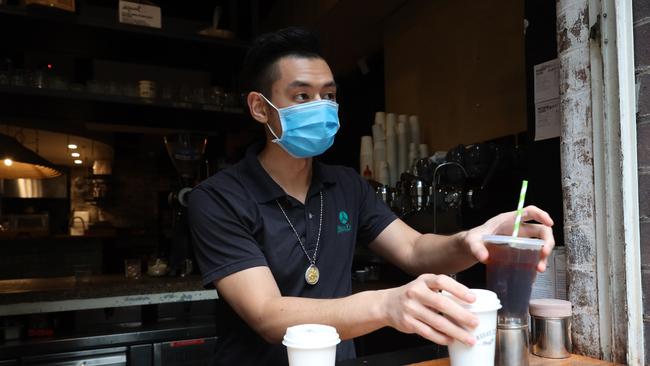
WHO IS ELIGIBLE FOR THE PAYMENT?
Businesses who have experienced a downturn in profits by 30% (if usual turnover is less than $1 billion) or 50% (if usual turnover is over $1 billion). Registered charities, universities and schools are eligible if they have had a 15% reduction.
There are certain employers who aren’t eligible, including business in liquidation, government agencies, and the big five banks.
For employees at an eligible business, you are entitled to the JobKeeper payment if you are full-time, part-time, and long-term casuals (over a year in employment).
Employees must be Australian residents for tax purposes, or New Zealanders on the 444 visa.
Employees must be at least 16 to qualify, although 16 and 17-year-olds must prove financial independence.
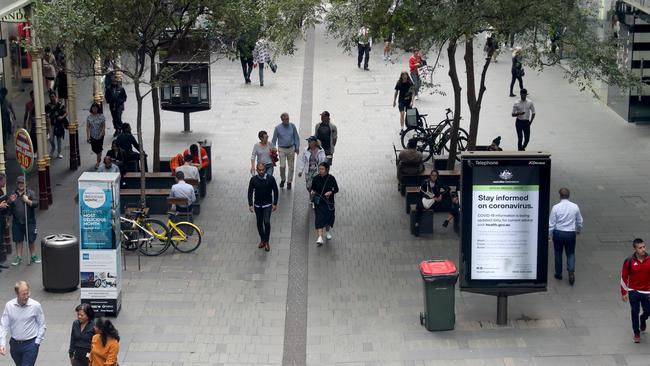
To be eligible, workers must have been employed at March 1. If an employee has since been stood down, they are eligible for the payment.
If an employee was let go after March 1, they are able to be brought back with the JobKeeper payment.
WHEN WILL I SEE THE MONEY?
Employers will start seeing the JobKeeper payments for the last two fortnights from today.
Due to the staggering number of businesses receiving the subsidy, payments will be staggered over the next few days.
Employers are expected to pay out the $1500 a fortnight subsidy for the previous two fortnights. Some employees, including 20-year-old Hollie Hughes from Newcastle have already been receiving their payments.
“I’ve been getting the payment for the last two weeks, I know some people haven’t but my work has already started,” Ms Hughes said.
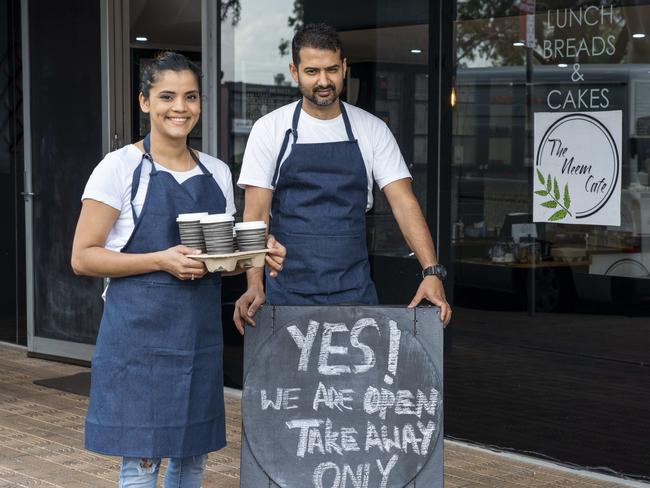
Employers must pay their workers at least $1500 for both fortnights in April by this Friday if they have not already.
Employers must also pay their workers for the current period (April 27th to May 10th) by Sunday. From then on, workers must be paid by the last day of the fortnight.
CAN I STILL APPLY?
Enrolment in the JobKeeper scheme is still open to eligible employers.
If you wish to receive the JobKeeper payments for April and May, you must apply by May 31.
To apply, businesses must nominate their employees, who in turn must agree to be nominated. One employee cannot receive JobKeeper for multiple jobs.
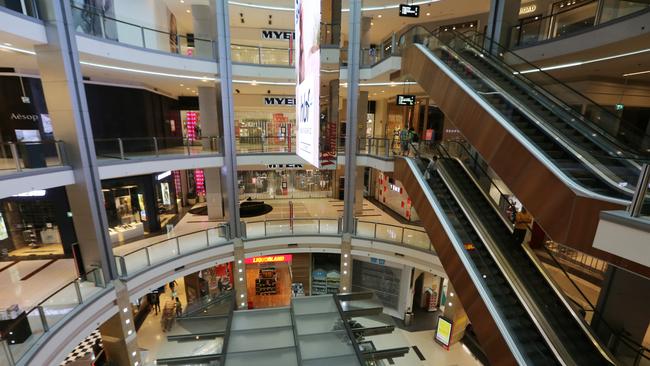
Ms Hughes had to prove to her employer that she no longer worked a second job before she was paid.
“I was also working at my university and retail was my second job when I started working there, so when I originally filled out my tax file declaration I didn’t claim the tax free threshold,” Ms Hughes said.
“So when all this went down I got an email from my employer saying I wasn’t eligible,” she said.
To prove she was only making money from the one job, Ms Hughes had to resubmit a new tax file declaration before becoming eligible for the payment.
I ONLY WORK ONE SHIFT A WEEK. DO I STILL GET THE $1500?
The JobKeeper payment of $1500 a fortnight must be paid in full, no matter how many hours the employee works.
If you are employed at a business that has been forced to close, but you are eligible for JobKeeper, you must still be paid the full $1500.
Employers cannot withhold the payment — it must be passed on in full to their employees, even if it is significantly more than what they are usually paid.
This may lead to some discretion by the employers as to how they work out rosters.
Ms Hughes told The Daily Telgraph she was concerned about still fitting in her regular university work now that her employer is using JobKeeper to give her more hours.
“I’m getting more money than I would have normally earned, but I’m also working more for it,” Ms Hughes said.
“Pretty much everyone I work with is getting it,” she said.
“I noticed at my work that in the last month they hired more younger staff, and I wasn’t getting the same shifts because I’m getting older and more expensive. But now that I’m getting the same as everyone else, I’m using this time to save.
“I think [the payment is] really good, but I think it’s strange that some people are working a lot and other don’t have to work for it but are still getting the same.”
Ms Hughes said while she was grateful to still have income at this time, her university work was suffering.
“I was asked to work all day yesterday when I had a uni assignment due … because everyone at work is getting paid the same amount, no one wants to cover my shifts.
“I normally wouldn’t be working this much but because I’m getting this payment I can’t really say no.”
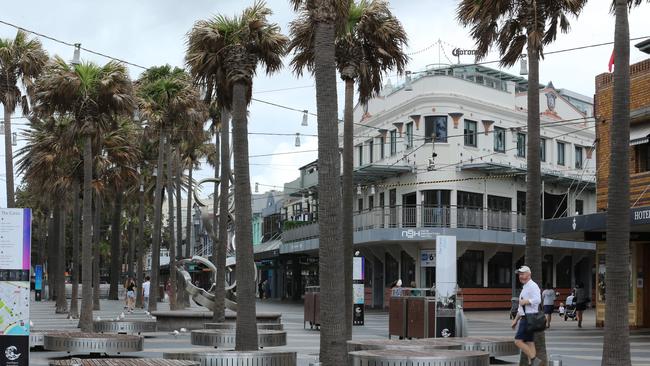
WILL SUPER BE PAID ON THE JOBKEEPER PAYMENT?
Employers do not have to pay their employees superannuation on the JobKeeper payment.
However, employers are still entitled to super for their regular wages.
For example, if a worker usually earns $900 a fortnight, they must still be paid super on that payment.
Then employers can choose if they want to pay the super on the additional money paid from JobSeeker.
